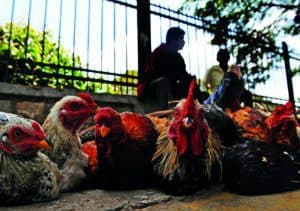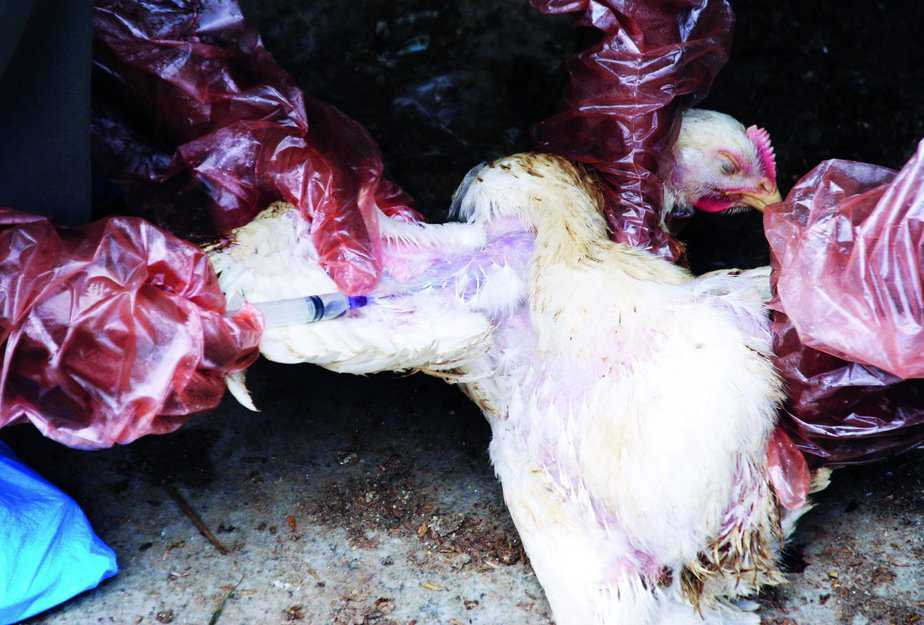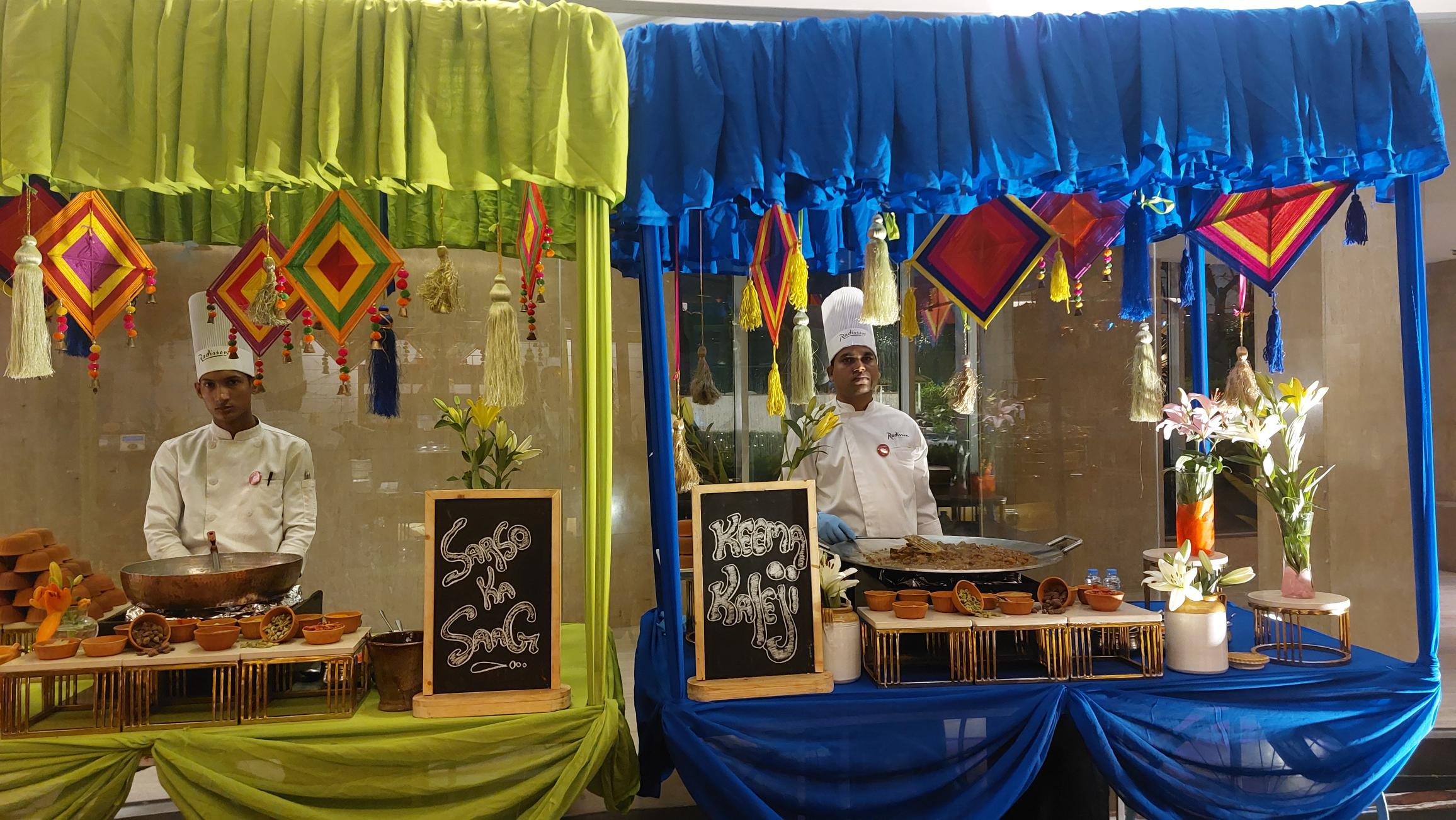A public scare was caused by the revelation that the poultry industry uses antibiotics not meant for animal consumption. A closer look at the issue reveals that the truth is much more complicated
Ignorance is not always bliss.
On February 1, The Guardian carried a story titled India’s farmed chickens dosed with the world’s strongest antibiotics, study finds.’ The story on public health that has strong economic repercussions was an instant hit, went viral on social media, and motivated many health-conscious Indians from eating chicken forthwith.
The Bureau of Investigative Journalism found that hundreds of tonnes of Colistin, a “critically important to human medicines” according to the World Health Organisation (WHO), has been shipped to India, also Vietnam, South Korea and Russia, for the routine treatment of animals. The investigation shows that Venky’s, a major poultry producer, also sells animal medicines and creates its own chicken meals. It supplies meat directly and indirectly to fast food chains in India such as KFC, McDonald’s, Pizza Hut and Dominos.
“Colistin is the last line of defence,” explains Professor Timothy Walsh, who is Professor of Medical Microbiology at Cardiff University, and adviser to the UN on antimicrobial resistance. Therefore, it should only be used on very sick patients, never for animals, and be treated as an environmental toxin. Colistin-resistant bacteria will spread on the farms, in the surrounding air and contaminate farm workers. If flies sit on their faeces, the bacteria will spread it over large distances, cautions Walsh.
To put things in perspective, India is not the only country where antibiotics are used on chickens. In another story, The Guardian was equally categorical, ‘Livestock raised for food in the US are dosed with five times as much antibiotic medicine as farm animals in the UK…raising questions about rules on meat imports under post-Brexit trade deals.’ The story further elaborated, ‘higher use of antibiotics, particularly those that are critical for human health – the medicines “of last resort”, which the WHO wants banned from use in animals—is associated with rising resistance to the drugs and the rapid evolution of “superbugs” that can kill or cause serious illness.’
Back in India, the same story was followed up by many other publications over the last month. It has led to a raging controversy that has already had a profound impact on people’s eating habits and serious backlash on India’s Rs 1lakh crore poultry industry. The serious health concerns raised by use of antibiotics has since snowballed into a major controversy that insiders in the Indian poultry industry call a ‘conspiracy of the MNCs to make inroads into India’s poultry market.’ Here it needs to be clarified that this story doesn’t suggest that The Guardian is in any way taking sides, but the story is being used, as per the big fish in the poultry industry, by some vested interest groups to further their cause.
In India, poultry is the main source of animal protein due to various economic and religious concerns. Expectedly, India is one of the biggest consumers of poultry in the world, and therefore the Indian market is a prime target of poultry exports.
Having failed to persuade the World Trade Organisation (WTO) in 2015 that there should be a ban on import of poultry products, India had to open the domestic market to global competition. However, some of the major poultry suppliers in Delhi who don’t want to be named, point out that imports have an inherent advantage as the US and EU provide huge subsidy to poultry products and also to poultry feed by supporting farmers who grow soybean and maize. The US and Brazil, two major suppliers, are pressurising developing countries to open their domestic markets.

There was a barrage of advertisements on the front pages of leading dailies in India after The Guardian story. Some were in support of the findings while others, to allay fears of chicken-eaters, asserted that poultry is safe to consume and the allegations of use of heavy doses of strong antibiotics is false.
For example on February 22, Delhi edition of The Times of India carried a full front page advertisement, issued in public interest by an unknown organisation called Mobius Foundation, saying ‘EATING ANTIBIOTIC DOSED CHICKEN IS HAZARDOUS TO HEALTH SPECIALLY FOR CHILDREN’. Mind it, a full front page ad costs about Rs 40 lakh.
Another full front page advertisement, five days later, featured Sania Mirza, India’s tennis star, asserting: “EAT CHICKEN, ITS HEALTHY AND BENEFITS YOU.’ The advertorial quoted a study carried by Center for Science and Environment (CSE), a Delhi-based a public interest research and advocacy organisation, to make the points that chicken is safe for consumption. This advertisement was issued in public interest by another unknown outfit called the All India Poultry Development and Services Pvt Ltd (AIPDSPL).
Neither Mobius Foundation nor AIPDSPL has much of an online presence or a designated website. All attempts to contact them via mail or phone were futile.
Only one of the two could be true. Centre for Science and Environment (CSE) clarified that they have been misquoted by the advertisement issued in public interest by AIPDSPL. The claim that no antibiotics are used in chicken is a “complete misrepresentation” and to the contrary, the use of antibiotics in the poultry sector is “rampant”.
“They are even using life-saving drugs like Colistin to fatten the chicken. There seem to be no genuine attempt by the industry to reduce antibiotic misuse and this advertisement is an eyewash,” clarified Chandra Bhushan, Deputy Director General, CSE and added that the industry has completely ignored the findings of the 2017 study. “They are misguiding the nation and trying to dilute their contribution to the problem of antibiotic resistance. This will not help the industry in the long-term,” Bhushan added. Bhushan has reportedly approached Sania Mirza to educate her that she’s become the face of false propaganda.
With the opening of markets, the poultry industry is open to the onslaught of processed and packed food from the global market. There’s little regulation or monitoring. The Food Safety and Standards Authority of India (FSSAI) has yet to formulate standards of antibiotics residues in chicken, though poultry industry is the most organised segment of the allied agriculture activities.
Thus, the poultry sector essentially remains unregulated. It requires a visit to one of the wholesale markets in Delhi, be it in Okhla or Ghazipur, to understand that chicken is sourced from multiple sources, like any agriculture product. Traders feign ignorance about antibiotics use. “You are the first one talking about it,” says a trader in Okhla who supplies poultry to many restaurants in south Delhi. There seems to be a conspiracy of silence about the whole issue.
They are more forthright if you discuss with them what’s happening in the whole industry. There is no system in place whereby a certain minimum quality is assured, also, more importantly, there’s little traceability of poultry products. Even if say a certain sample of chicken is tested positive for use of hazardous antibiotics, in most cases it’s impossible to trace the origin of supply to fix responsibility. There is always a possibility of deniability.
The lack of regulation results in this lame argument, as a meat trader in CR Park articulates, “One poultry farm employing heavy dosage of antibiotics need not necessarily mean that others are also doing so. How will you prove it?” There is a need for modernisation of input supply chain of chickens and feed as western countries and China have accomplished many decades ago.
The representatives of India poultry industry are critical of the way FSSAI functions. “There’s no transparency and FSSAI has failed to ensure a level playing system to all the stakeholders. India has been reduced to merely a dumping ground of processed food from all over the world as there’s no effective monitoring mechanism in place,” says a major wholesaler of poultry products who has many retail outlets in Delhi. “Nothing is rejected or returned, whatever comes to Indian ports, even rejected trash from the EU or the US, is all cleared at the Indian ports. FSSAI merely stamps the approval like a post office,” he adds and demands an investigation by National Investigative Agency, as “it’s worse than terrorism.”
But this, though a cause of concern, doesn’t absolve domestic poultry industry from using strong antibiotics. The poultry industry needs to be handled with utmost care, if not, it can be a den of diseases. Bird flu is just one of them.
Not just poultry products, even a casual visitor to a mandi in Delhi can witness contamination, use of chemical pesticides, preservatives, colour in vegetables and fruits. Hygiene, or lack of it, remains a big public health hazard. The government has, time and again, issues advisory to properly wash fruits and vegetables before use.
The Institute of Responsible Technology, a world leader in educating policy makers and the public about genetically modified (GM) foods and crops, has listed 65 risks of consuming GM food and crops that include unpredictable health problem.
But we need food and more food in times to come. According to the UN, the global population is expected to reach 9.7 billion by 2050 and to feed the masses, food production will need to be augmented by at least 50 per cent. Technology has an indispensable role to play not just to meet food requirements but also to preserve existing food stocks. Here governments, regulators, the industry and all stakeholders will have to ensure this objective is met without causing a public health hazard. Or else, let alone food, the air will also be unfit to breathe.





